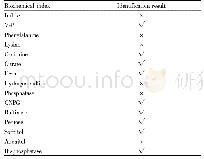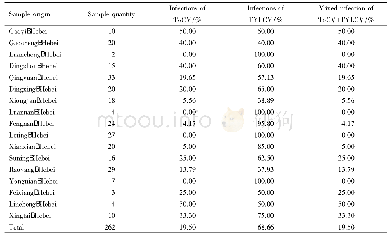《Table 1 SF identification standards》
 提示:宽带有限、当前游客访问压缩模式
提示:宽带有限、当前游客访问压缩模式
本系列图表出处文件名:随高清版一同展现
《三峡库区规模农地时空变化特征及其驱动机制(英文)》
Farmers have tended to adjust planting directions in light of land use transformations both to meet their own economic needs and to organize the agricultural land consolidation so that usage can be scale intensive(Petit et al.,2011);this phenomenon illustrates the SF transition of traditional farmland.We therefore defined the concept of SF both internally and externally by referring to the qualitative expression of the concept of“agricultural system transition”(Amjath-Babu and Kaechele,2015).In this context,externality implies the presence of a perfect road system and complete infrastructure within a cultivated area;the dominant crops planted in such a region will therefore be non-food varieties with higher economic utility,and their layout will be arranged neatly with obvious traces of artificial planning.The opposite,internality,is therefore embodied by intensive agricultural land use that is distinct from conventional intensive utilization and is mainly driven by economic profit differentiation factors such as the economic behavior of farmers(or enterprises)and ecological construction policies put in place to promote the transformation of traditional agricultural land into multi-functional“Economic Ecotypes”.This form of land use meets the requirements of modern agricultural construction(Table 1).
| 图表编号 | XD0062093400 严禁用于非法目的 |
|---|---|
| 绘制时间 | 2019.04.01 |
| 作者 | 梁鑫源、李阳兵 |
| 绘制单位 | School of Geography and Tourism,Chongqing Normal University、School of Geography and Tourism,Chongqing Normal University、Key Laboratory of Surface Process and Environment Remote Sensing in the Three Gorges Reservoir Area |
| 更多格式 | 高清、无水印(增值服务) |





